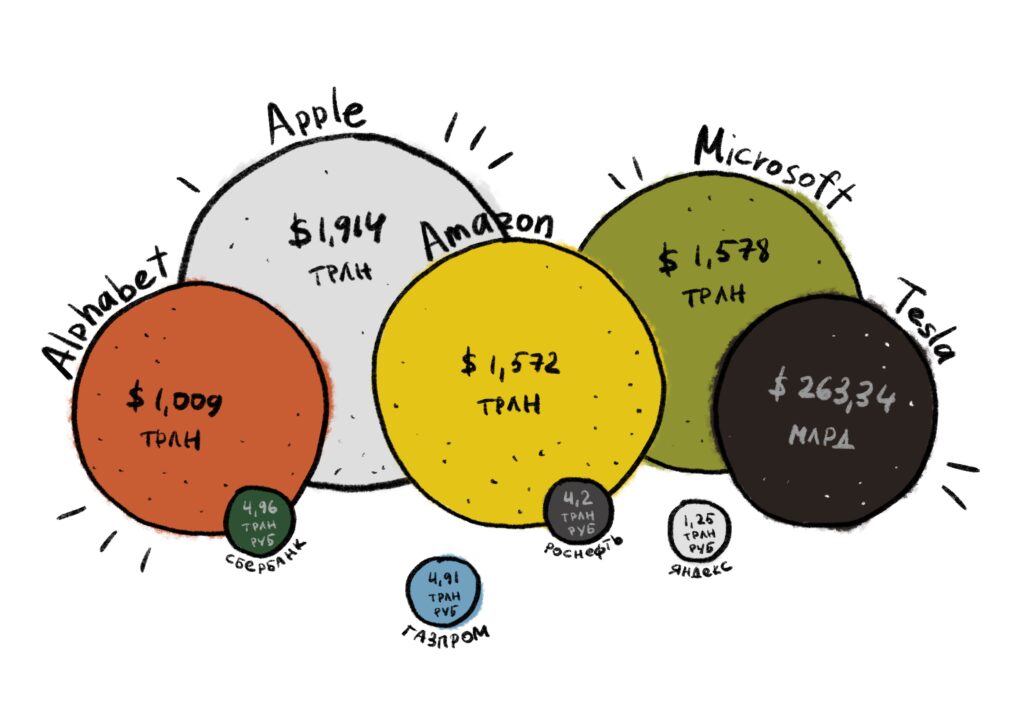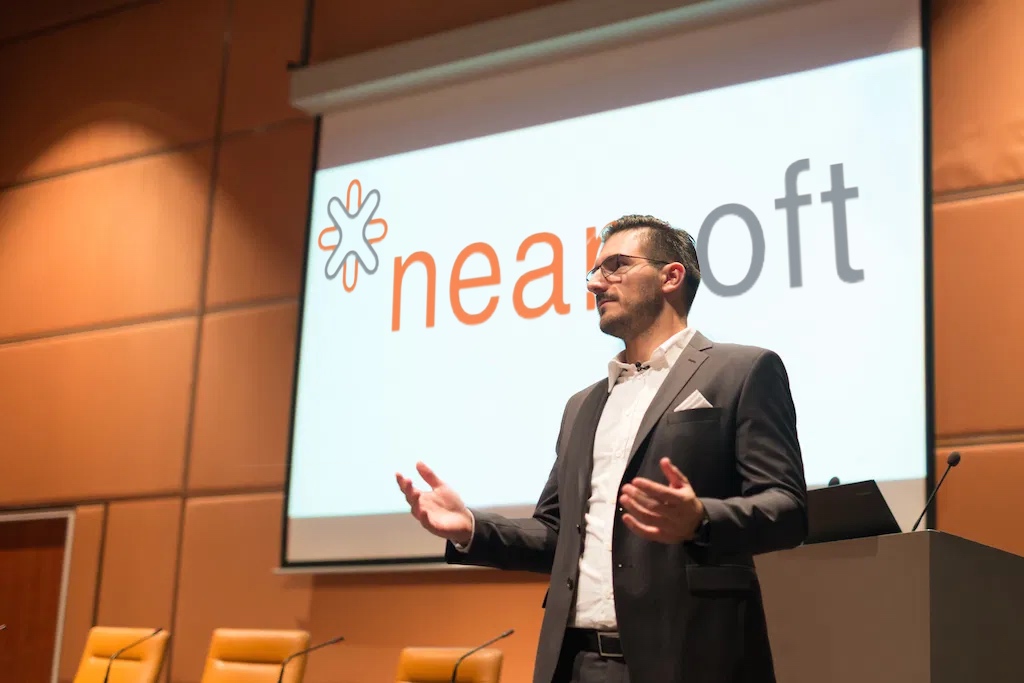
The role of Culture in the effective management of an organization
Why do CIS leaders still focus on micromanagement of employees, despite numerous studies showing that overcontrol reduces team productivity and inhibits team development? Why don’t they take advantage of modern, more effective tools to manage strategy through the culture of the organization?
Strategy and culture are among the primary levers of Silicon Valley company founders in their never-ending struggle for survival and efficiency in the most competitive place for business on the planet. This is evidenced by the market capitalization of large companies in the Valley compared to the capitalization of large organizations in Russia.

What is strategy and culture?
A strategy defines the formal logic of a company’s goals and orients employees around them.
Culture, in turn, expresses the goals through the values and beliefs of people in order to guide their activity through the arrangements generally accepted within the organization.
Today large Russian companies, which don’t invest in culture, are forced to use the only remaining way to retain people, which is increasing salaries. As a result, they get highly qualified employees with a high level of income, but without the intrinsic motivation to achieve the organization’s goals.
It must be understood that money is not the only motivator of a person.
This is confirmed by Dr. Daniel Pink during his TEDx talk.
It has been proven that in order to be more involved at work, a person needs to be involved in everything he or she does. Employees should do their work of their own free will (i.e., choose what they want to do at any given time), recognizing how it will benefit them in closing their personal goals. The key here is the absence of pressure.
The culture of the organization is one of the main tools of a Silicon Valley company owner. Culture helps set the team in a certain context in which employees generate key innovative ideas, hypothesize, set goals, and achieve them. And all of this with less manager involvement.
In Silicon Valley, they say, “Culture eats strategy for breakfast.
When people understand the strategy, there is clarity about the direction the team should take.
Strategy is based on plans and different options for how to engage the team. It most often uses both specific rewards for achieving goals and consequences for not doing so.
Ideally, it also includes adaptive elements that analyze the external environment and determine when changes are needed to maintain continued growth. Leadership goes hand in hand with strategy formation, and most leaders understand these basics.
However, culture is more of an invisible lever. It is largely based on hidden behaviors, ways of thinking, and social patterns.
In other words, culture is in your organization, even if you don’t know it. Culture is how things are actually done in your organization. Here’s an example of three different employee development processes in organizations: 1) where there is no culture, 2) where it is just being implemented, and 3) where it is already there and producing results.


I have personally seen how it works:
— in the police (for 8 months I worked as a criminal investigator)
— In city administration (2 years as a foreman and a chief engineer in a housing and utilities department)
— In a bank (4 years of work as a chief inspector of economic security in the bank)
— I have been living and working in Silicon Valley for the last 4 years to study the phenomenon of local organizational cultures
The problems described above with employee promotion are solved in Silicon Valley organizations using a simple tool — Performance Review.
Most CIS companies have never heard of such a process. But it is not the only process of modern organizations. It is one of several dozen key tools, the results of which increase everyone’s efficiency in total.
In other words, when you have implemented all these processes in the form of the presented structure, they will have the greatest effect in the aggregate than those implemented separately.
So, for example, an organization with the prescribed mission and principles may not get all the benefits after their implementation, if there is no competent process of adaptation of the employee through the same principles. In other words, each tool needs a supporting process.
Here is my author’s view of how the structure of modern processes in Silicon Valley companies works. They are all within the corporations that set the trends around the world. The differences in how this or that process is conducted highlight the culture of each individual organization.

At the end of this article, you’ll have an expanded version of the interactive map.
I see different nationalities taking on different roles within the company, and I think Valley management understands why certain nations are so adept at doing things that others might not be able to do. For example, engineers from India take on more responsibility related to communication.
In this way, leaders understand what a true organization should look like and create what is changing markets and the culture of billions through Silicon Valley-led science and technology.
Culture and leadership are inextricably linked.
Founders and influential leaders like Steve Jobs, Mark Zuckerberg, and Jeff Bezos often set new cultures in motion and reinforce values that have persisted for decades. In doing so, they can do so both consciously and unconsciously.
The best leaders in Silicon Valley, whose lives and businesses are watched by millions, are fully aware of the difference of cultures in their company (this includes national cultures, diversification of teams by competencies, specific cultures of different organizations and motivation of people to move from one culture to another). They can sense when change is required and deftly influence all of the above processes.
Unfortunately, leaders seeking to create high-performing organizations are much more likely to hit a ceiling when it comes to culture. After failing to create enough quality culture to increase the amount of real talent working in the organization, leaders shift the responsibility for problems to the team. This applies to hiring effective employees, quickly adapting them, a culture of development within the organization, and a culture of setting and achieving team goals with appropriate processes and automation.
When the responsibility for culture shifts from the owner to HR, it becomes an afterthought for the business.
The team can create creative plans and strategies, but often inexperience and a lack of understanding of the power and momentum that culture can bring to the business causes it to go astray.
For the past four years I have been studying the phenomena of cultures in Silicon Valley organizations. I believe that it was the creation of modern culture that allowed great entrepreneurs like Steve Jobs, Jeff Bezos, Elon Musk, Sergey Brin, Mark Zuckerberg to create great things out of nothing and develop their corporations to become the most expensive corporations in the world in a matter of decades. Which, by the way, continue to get more expensive even in a crisis.
I was able to realize a certain structure of processes within the organization on which the culture is built. Using this structure, leaders can model the impact of culture on their business and assess its alignment with strategies.













